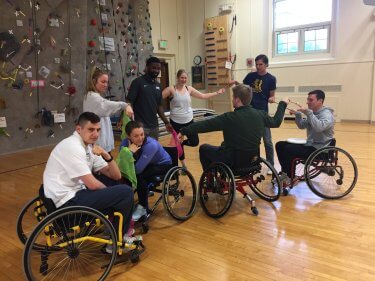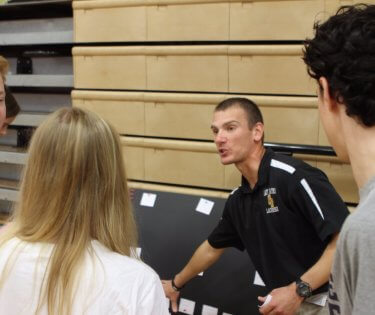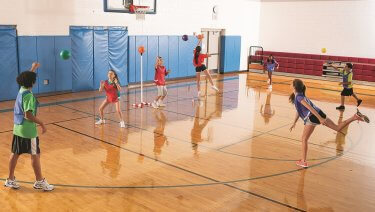Despite the call for Comprehensive School Physical Activity Programs (CSPAPs) to meet the needs of all students (AAHPERD, 2013; CDC, 2013), there is little practical guidance within our professional literature that directly promotes the inclusion of students with disabilities.
Central to the conversation on the value of CSPAP for students with disabilities are matters of health and well-being. Because students with disabilities face multiple barriers including mobility, skill acquisition and accessing the physical space, creating an environment of inclusivity is essential (Brian, et al., 2017). As such, it is imperative that all educators and CSPAP leaders include students with disabilities into their thinking and planning. One framework supporting all children is Universal Design for Learning (UDL); (Rapp, 2014).

Universal Design for Learning is a strategy that can support the inclusion of all children to meet daily recommendations of moderate to vigorous physical activity (MVPA) and contribute to SHAPE America’s 50 Million Strong by 2029 commitment. UDL’s concepts include multiple means of expression, representation and engagement. Most of all, it is a mindset that reinforces the need to provide equal opportunities to all of our students. Implementing UDL in educational settings will ensure that the physical, social, and learning environments are designed so that diverse learners are supported (Perez, 2014).





